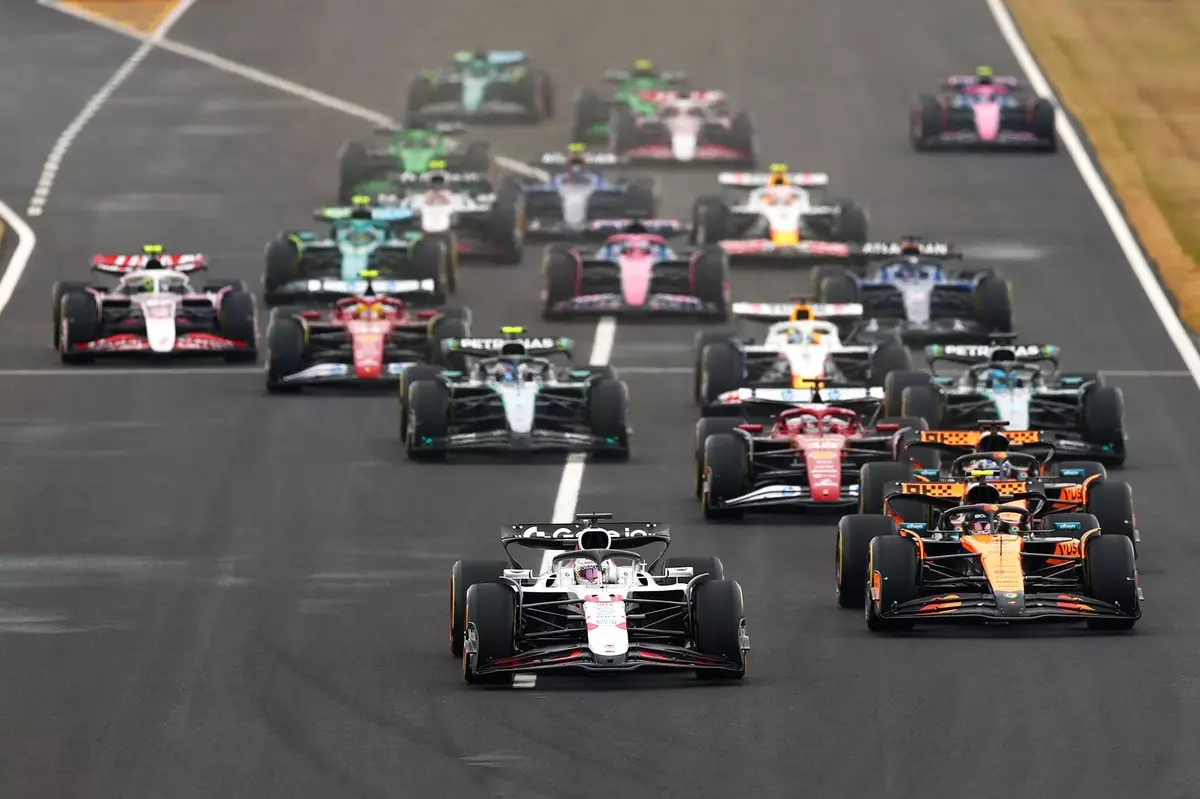In the high-octane world of Formula 1, the relentless pursuit of speed and technological advancement often overshadows the complex regulatory environment that underpins the sport. Discussions surrounding future engine regulations reflect a growing awareness among F1 power unit manufacturers and the FIA that the path forward must prioritize competition as much as innovation. The 2014 season, marked by Mercedes’ unprecedented dominance, serves as a cautionary tale; the need for regulations ensuring a level playing field is more pressing than ever. As the sport gears up for the impending 2026 hybrid formula launch, recent exploratory talks held in Bahrain have brought manufacturers together to navigate these intricate waters.
Gathering of Giants: An Open Forum
The meeting, led by FIA president Mohammed Ben Sulayem, saw key players such as Audi and Honda express their reservations about potential changes to the regulations. Households names like Mercedes and Cadillac also participated in this roundtable dialogue aimed not only at understanding individual manufacturers’ positions but also at fostering a collaborative spirit. It was refreshing to see executives from different teams engaging directly, signaling a willingness to mediate between differing interests. Yet, it became clear that the allure of the 2026 hybrid framework is critical for attracting and retaining competitors in this elite sport. If manufacturers like Audi and Honda feel their investment is predicated on these rules, any significant changes could jeopardize their commitment to F1.
The Legacy of Mercedes: A Cautionary Tale
The shadow of Mercedes’ performance in 2014 looms large, raising questions about how new regulations can be designed to prevent similar disparities in the future. While the FIA appears somewhat committed to avoiding history repeating itself, the mechanisms required to ensure this remain an area of contention. Figures like Red Bull team principal Christian Horner have expressed that while the 2026 blueprint is established, the trajectory beyond must be carefully examined. This discussion isn’t merely academic; it’s vital for maintaining the sport’s integrity and keeping fans engaged with unpredictable and thrilling races.
Seeking Balance: The Regulations Dilemma
One of the critical aspects of these discussions is the proposed idea of maintaining some looseness in engine regulations, allowing manufacturers greater freedom to innovate through the season. Currently, engine homologation rules can freeze updates, severely limiting competitive dynamics. As Horner pointed out, the introduction of a budget cap should ideally encourage manufacturers to refine their designs without being held back by rigid regulations. This proposition stands as a pivotal shift in thought—allowing in-season updates could inject excitement back into the competition.
Future Vision: A Roadmap for Convergence
The comments from team principals reveal a budding consensus: ensuring closer competition must be a priority. With that in mind, the dialogue surrounding convergence becomes crucial. The notion that performance divergence is a natural consequence of regulation changes may seem grim, yet it does underline the necessity for strategic interventions. By supporting limited modifications to power units within budgetary constraints, the FIA could create an environment conducive to competitive balance.
Moreover, the future of F1 hinges not merely on the evolution of its engines but on fostering a culture of collaboration between manufacturers. This open forum marks a step in the right direction, where rival teams can share insights and strategies while still operating under the competitive pressures inherent to racing.
The Road Ahead: Unity in Diversity
As the clock counts down to 2026, the Formula 1 community stands at a crossroads. The challenge is formidable, but the potential for innovation is immense. The industry must navigate its complexities to cultivate an atmosphere where manufacturers can engage in healthy rivalry while also ensuring the sport remains captivating for audiences worldwide. A singular approach, focused on technological innovation with a keen eye on competition, could redefine F1 for the coming generations. Collectively, the stakeholders must pursue a roadmap that balances performance and parity, nurturing a future where unpredictable outcomes reign supreme on the racetrack.


Leave a Reply